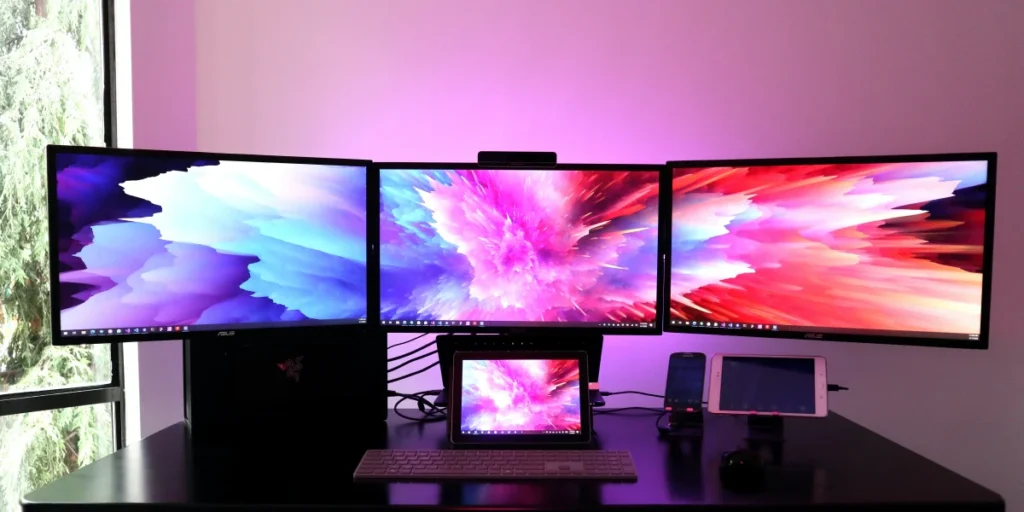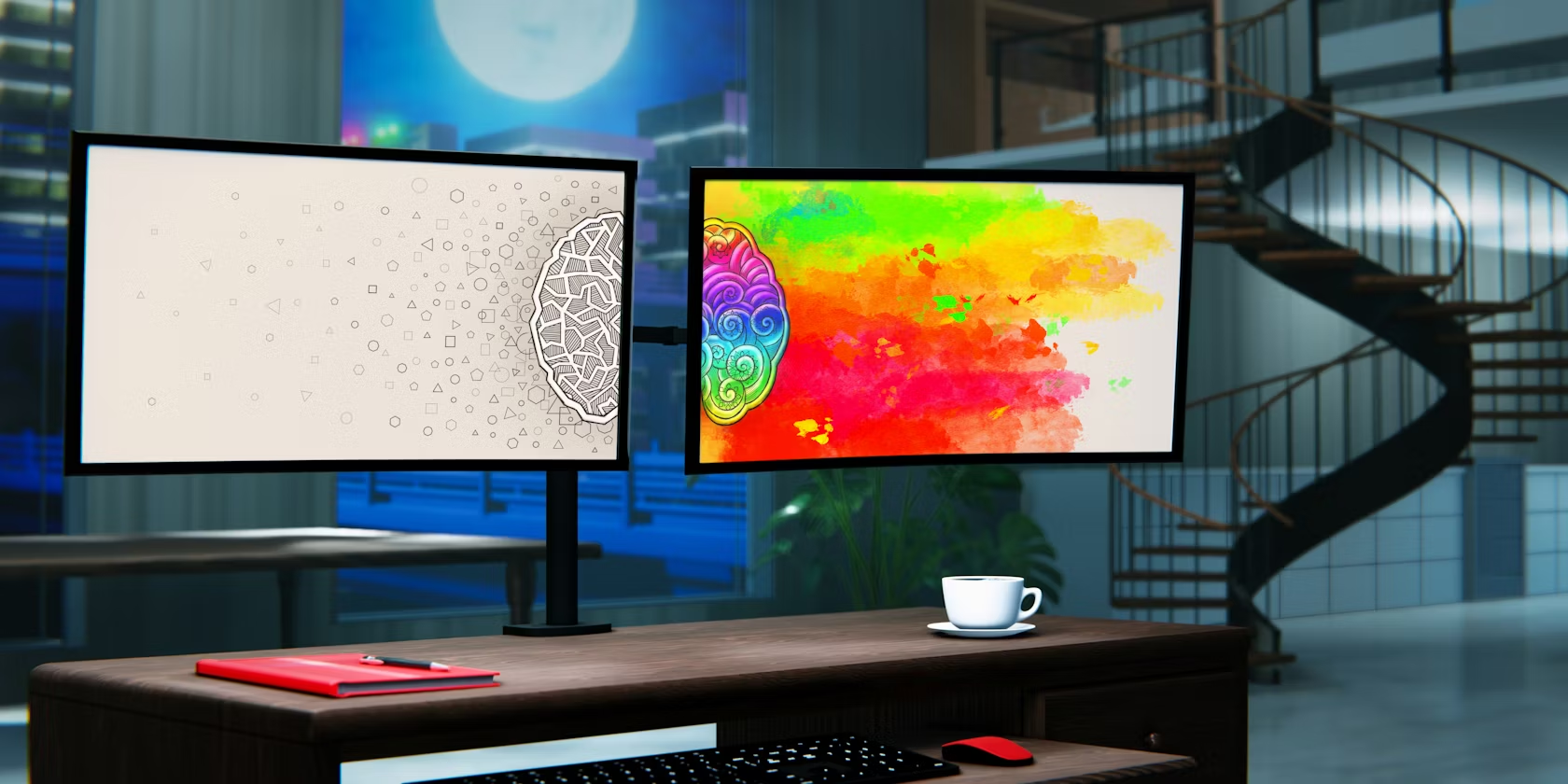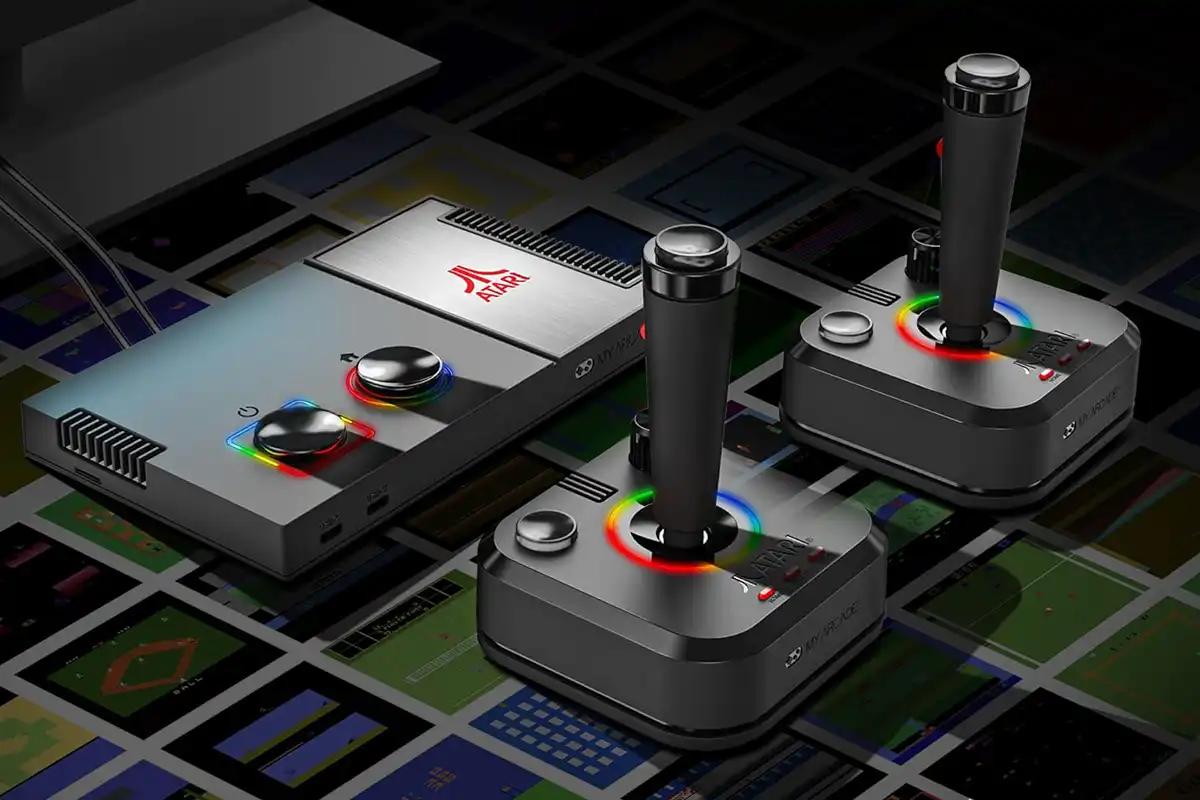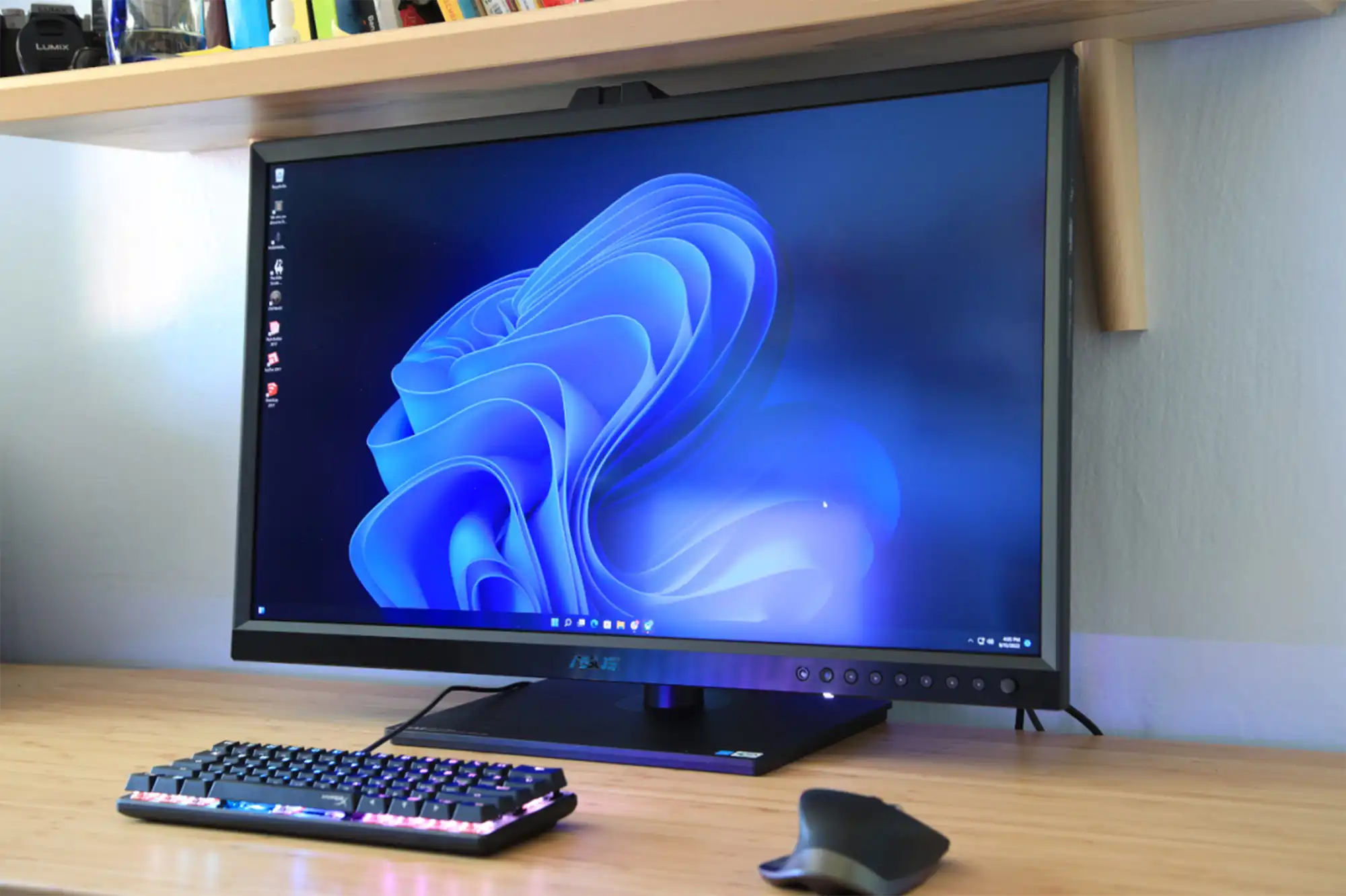
Microsoft’s ambitious Copilot AI has had its share of challenges, especially on Windows 10 systems with multiple monitors. Despite the tech giant’s push to promote its AI on both new Surface PCs and various laptops, integrating Copilot into Windows 10 proved to be a prolonged ordeal.
The delay in getting Copilot to function seamlessly on multi-monitor setups could be attributed to Microsoft’s aggressive stance towards migrating users to Windows 11. This strategy, however, hasn’t effectively engaged the majority of their current Windows 10 user base, which remains substantial even as Windows 11 gains ground.
Initially, Copilot caused disruptions for Windows 10 users, particularly with desktop icons behaving erratically across different screens. This prompted Microsoft to halt the Copilot rollout for these users—a pause that lasted for seven months.
While encountering bugs with new software isn’t uncommon, the extent of disruption caused by Copilot’s integration with Windows and Office was notable. Although a similar issue affected Windows 11, it was swiftly addressed back in February.
Recent reports indicate that Microsoft has finally resolved the multi-monitor bug with Copilot, as reflected in the latest patch. Windows 10 users can now access Copilot on multi-monitor setups by ensuring they are updated to the latest version, 22H2. Despite this fix, ongoing issues with Copilot are anticipated as Microsoft continues to refine its AI technology.




